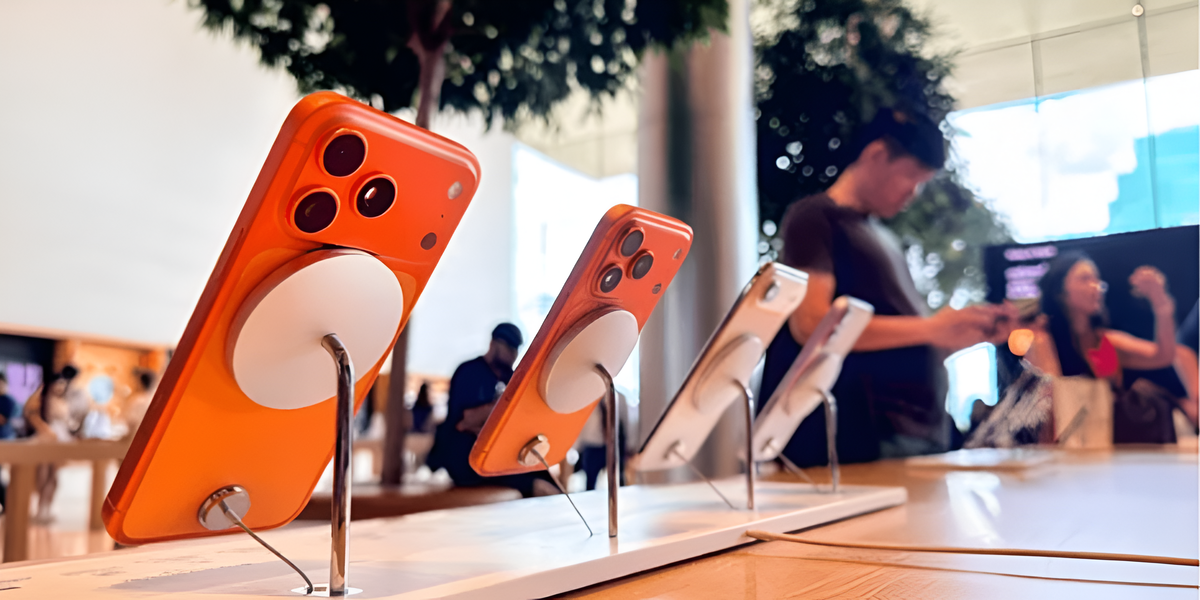PLD Space, the aerospace company founded in 2013 by Raúl Torres and Raúl Verdu, was finally unable to complete the mission that was supposed to launch the Spanish MIURA 1 rocket. Adverse weather conditions – mostly wind – made it difficult to take off first, and now the company is preparing to retrying in a new window that hasn’t completed yet. But why is this release so important? What is PLD Space planning with this Spanish rocket?
The initial goal of the mission, which, we recall, was to be completed on May 31, was to successfully launch a rocket for the subsequent to be able to collect information that may be necessary to improve the development of other PLD Space rockets and technologies.
The first flight of MIURA 1 was also payload on board (payload) in collaboration with the Center for Applied Space Technologies and Microgravity (ZARM), with which they intended to study microgravity conditions for scientific experiments in future suborbital flights.
The mission is essentially In total, it was supposed to last 12 minutes., with a 6-minute flight and a maximum altitude of 150 km, to then fall into the Atlantic Ocean and be picked up by a company team. However, MIURA 1 and its goals go far beyond launch and flight testing.
First Spanish rocket launched into space
When it becomes possible to launch it again and as long as the mission is successful, MIURA 1 will be the first Spanish rocket to reach space, and although, we repeat, it is not as powerful as MIURA 5, it is. It’s a must rocket for a reason.
MIURA 1 It is designed for research tasks in microgravity and technological development. It was the mission that, in addition to verifying its launch, was to serve as a collection of information to move forward with the development and technology that will integrate MIURA 5, which is designed to launch and put into orbit satellites and class payloads. with a maximum weight of up to 450 kg). The first PLD Space rocket is especially useful for advancing other more ambitious space projects.
pld space intends to carry out a total of 4 missions per year, in which MIURA 1 will spend 3 to 4 minutes in microgravity – at a distance of about 80 km from Earth – to then reach its apogee at an altitude of about 150 km and finally fall into the sea. The fact that it also has a 100kg load capacity allows the company to offer this space to laboratories, institutes, or other organizations that want to collect scientific data on microgravity conditions.
MIURA 5 cannot work without MIURA 1.

We reiterate that MIURA 1 is essential to further progress in development MIURA 5a rocket consisting of two stages and designed to deliver payloads into space, such as satellites, which can subsequently be launched into orbit.
This rocket, yes, will be much more active than MIURA 1. PLD Space plans complete up to 15 missions per yearthat can be done with 2 pads. Another interesting detail of MIURA 5 is that the first stage, including the payload, can be recovered for use in future missions.
Source: Hiper Textual












